Addressing Common Operational Issues
There are few situations more frustrating than a pump that fails to prime when water is needed. An agricultural self-priming pump is designed for convenience, but like any mechanical equipment, it can experience issues. When a pump that once worked well refuses to draw water, a logical, step-by-step approach to troubleshooting can often identify and resolve the problem without the need for immediate professional repair.

Initial Checks: The Fundamentals
Before delving into complex diagnostics, it is wise to verify the basics. The lots of common reason for a failure to prime is the absence of the initial charge of water in the pump casing. If the pump is new, has been stored for a long time, or was recently drained, the priming chamber will be dry. Consult the operator's manual for the correct procedure for adding water through the priming port; an adequate amount is essential for the self-priming mechanism to function.
Ensure that both the inlet and outlet valves are fully open. A partially closed valve or a blocked strainer can restrict flow and prevent priming. Also, confirm that the engine is running at its operating speed. If the engine is throttled down, it may not generate enough impeller speed to create the necessary vacuum for priming.
Investigating Air Leaks in the Suction Line
If the basics are in order, an air leak in the suction line is the lots of probable cause of priming failure. The self-priming process relies on creating a vacuum in the suction line. Even a small crack, a loose connection, or a faulty seal can allow air to be drawn in, breaking the vacuum.
Carefully inspect the entire length of the suction hose for any signs of damage, such as cracks, holes, or wear. Pay close attention to the connection points where the hose attaches to the pump inlet and to the foot valve (if equipped). A simple method to detect a leak is to pour a small amount of water over the connections while the pump is attempting to prime. If the water is sucked into the connection, it indicates an air leak that needs to be tightened or sealed.
Checking for Flow Restrictions and Internal Wear
A blockage can also hinder the priming process. Check the intake strainer or foot valve for debris like mud, leaves, or grass that might be restricting water flow. If the external components are clear, an obstruction might exist inside the pump itself. Important: Before inspecting the pump's interior, always ensure the power source is completely disconnected and the engine is off and cool.
Inspect the impeller and volute casing for any foreign objects that may have been drawn in. Over time, the impeller itself can become worn or corroded, reducing its ability to generate the forceful flow required for the air-water separation process. Significant wear on the impeller vanes will diminish the pump's performance.
Assessing the Mechanical Seal
The mechanical seal is a critical component that prevents water from leaking out along the drive shaft while also keeping air from entering the pump. A worn-out or damaged seal will often reveal itself through a constant drip or trickle of water from the seal housing when the pump is running. This leakage point can also serve as an entry point for air, which will prevent the pump from building and maintaining a prime.
Replacing a mechanical seal is typically a task that requires some technical skill. If an air leak has been ruled out and the pump continues to lose prime while showing signs of water leakage from the seal, the seal likely requires replacement.
A Systematic Path to Resolution
Troubleshooting a pump that won't prime should follow a sequence from the simplest to the more involved. Start by confirming the presence of priming water and correct operation. Next, conduct a thorough inspection for air leaks, which are thelots of frequent culprit. Then, check for blockages and internal wear. Finally, consider the condition of the mechanical seal. By following this methodical process, many common issues can be identified and rectified, restoring the pump to reliable operation. If the problem persists after these checks, consulting a technician for a professional assessment is recommended.

 English
English русский
русский Español
Español
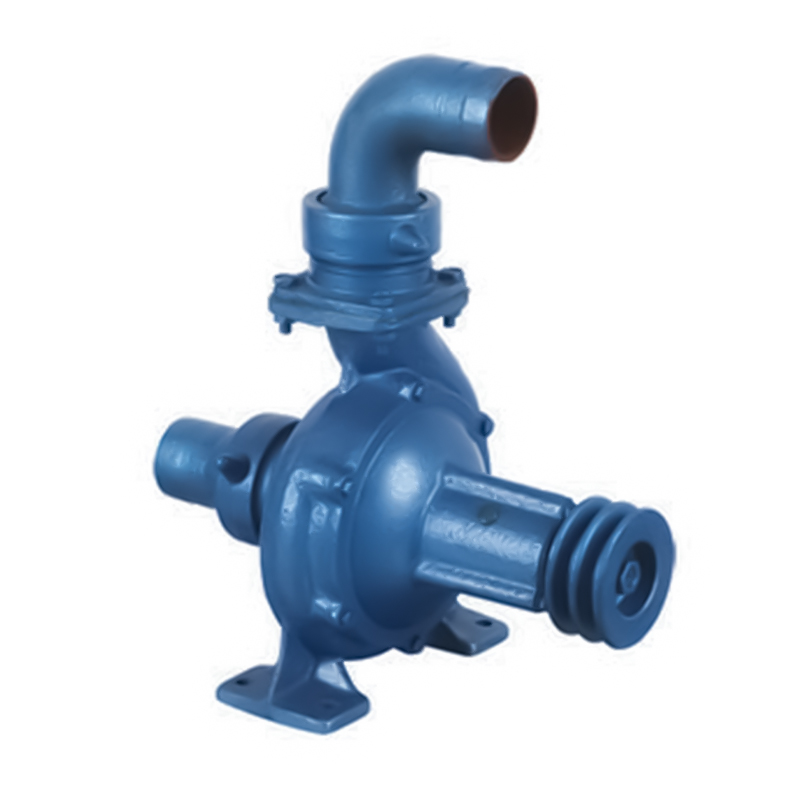
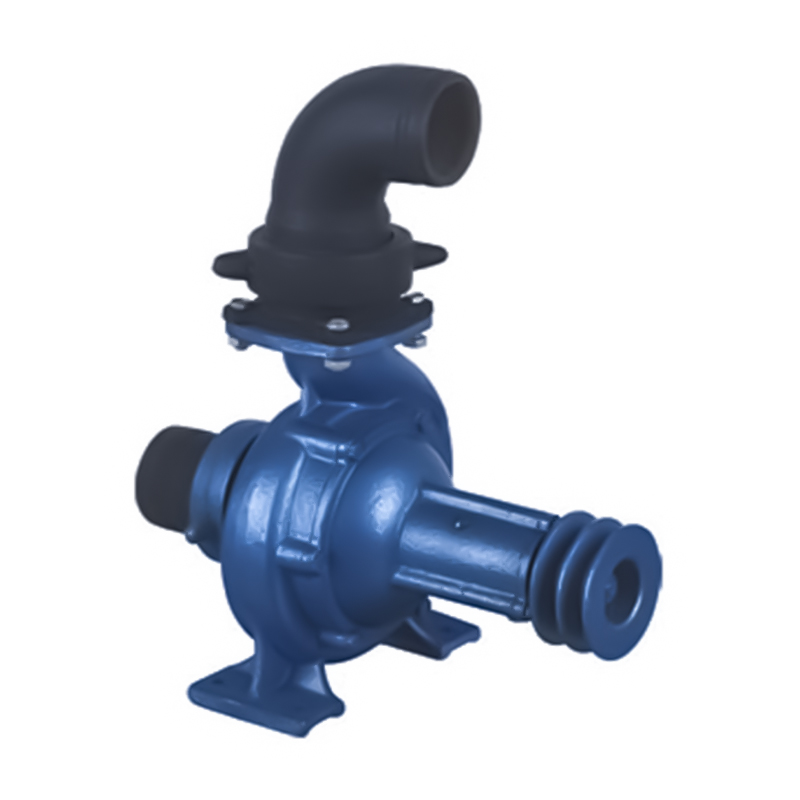
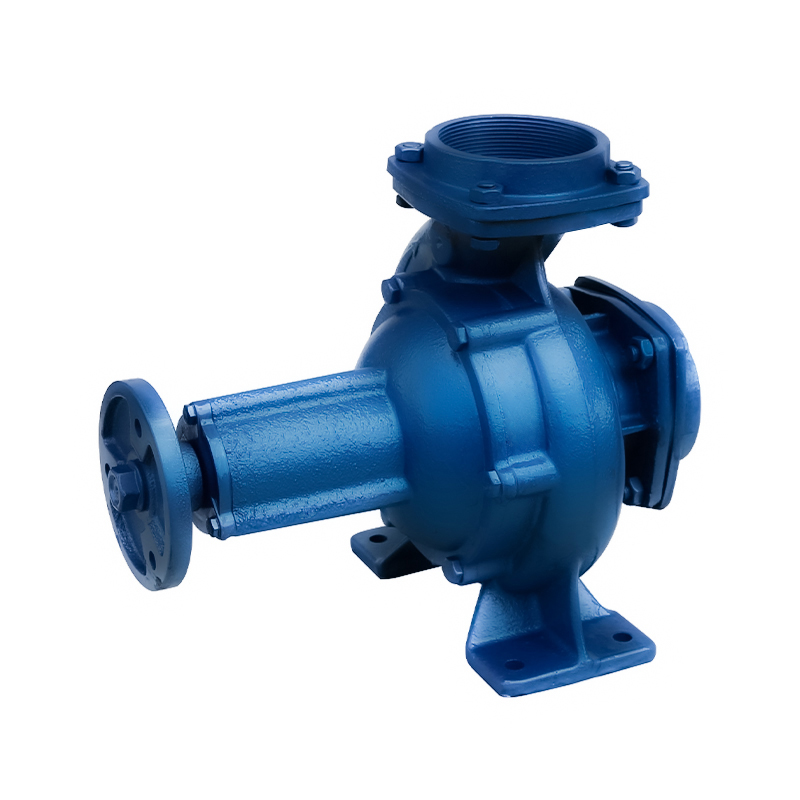
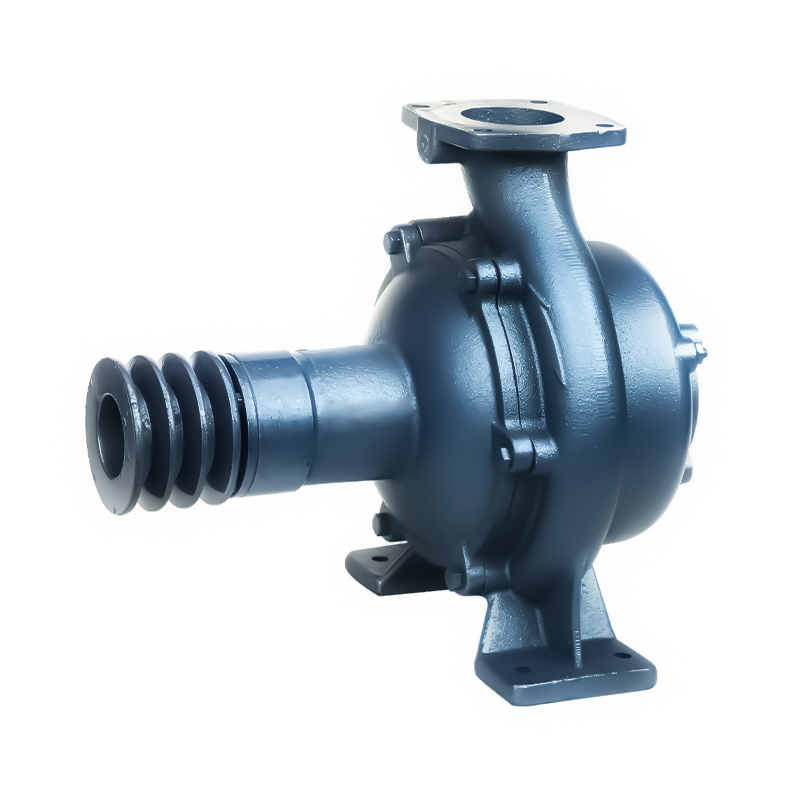
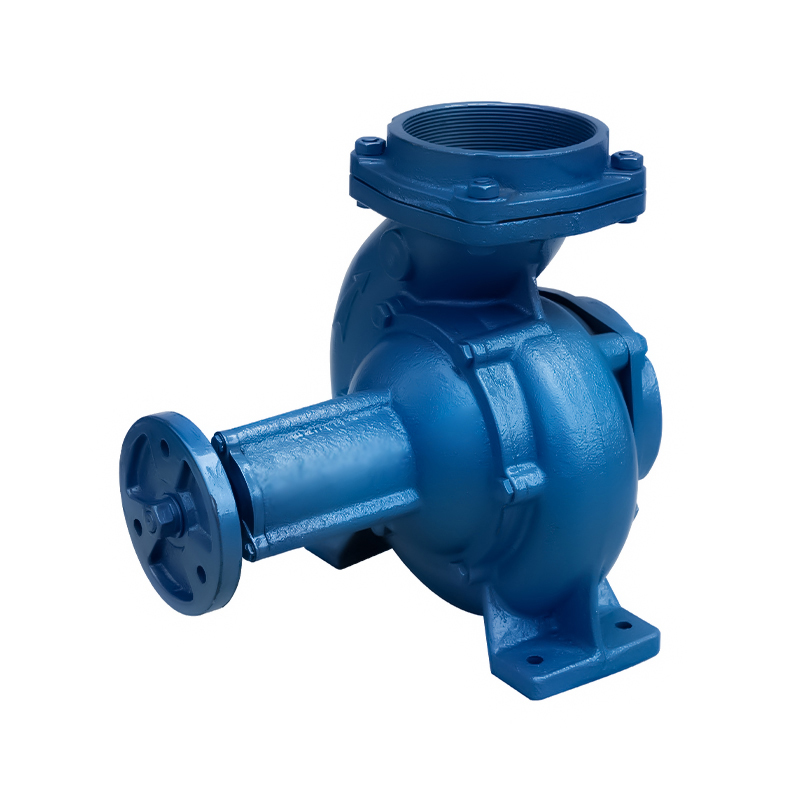
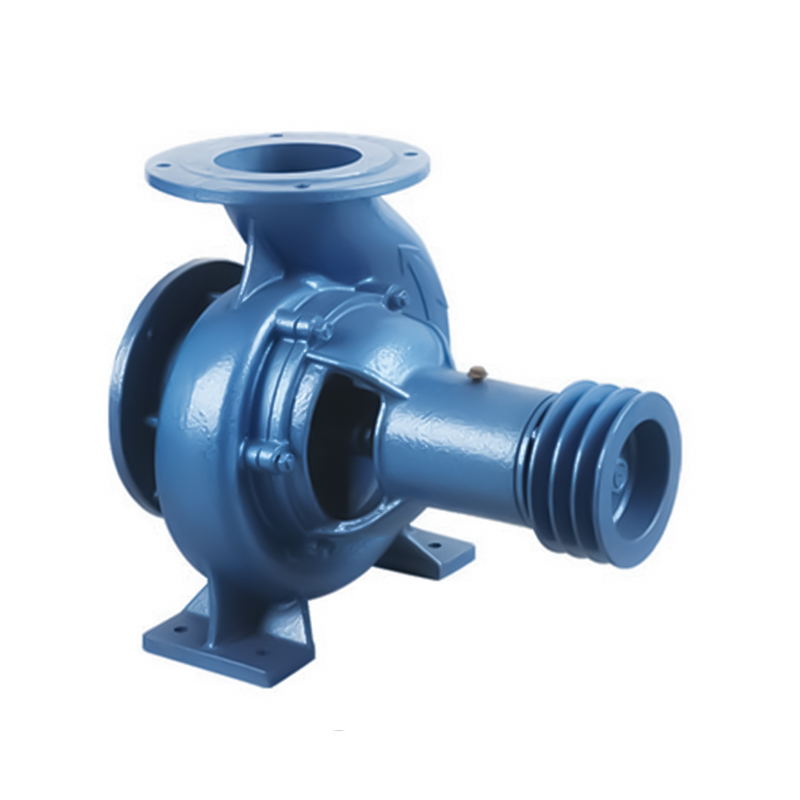
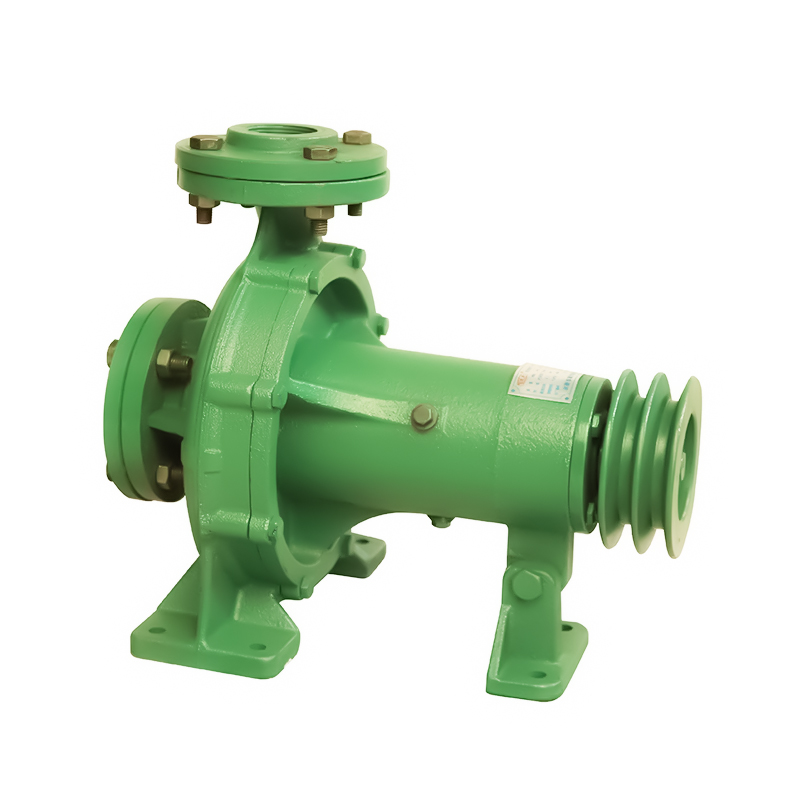

 Email:
Email:
 Phone:+86-13605899207
Phone:+86-13605899207

